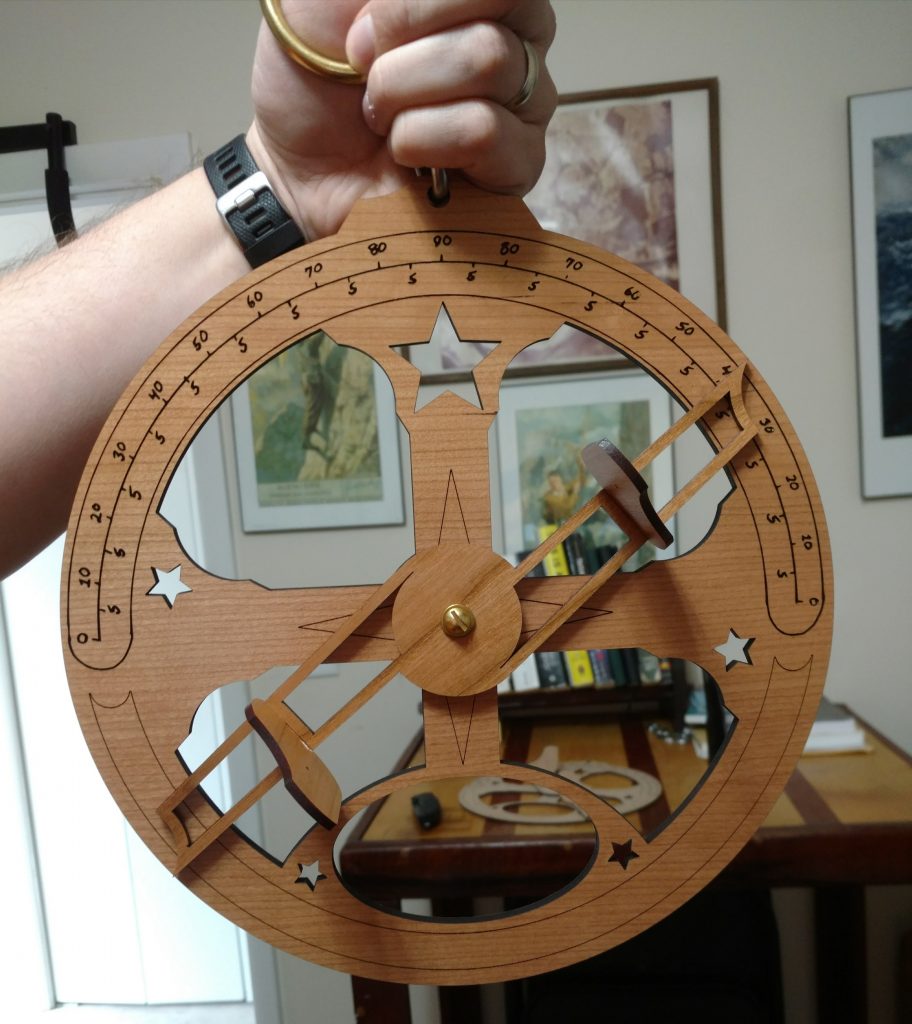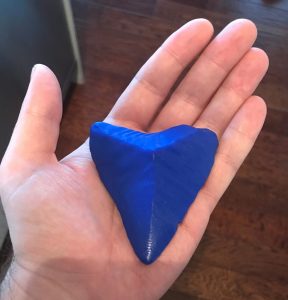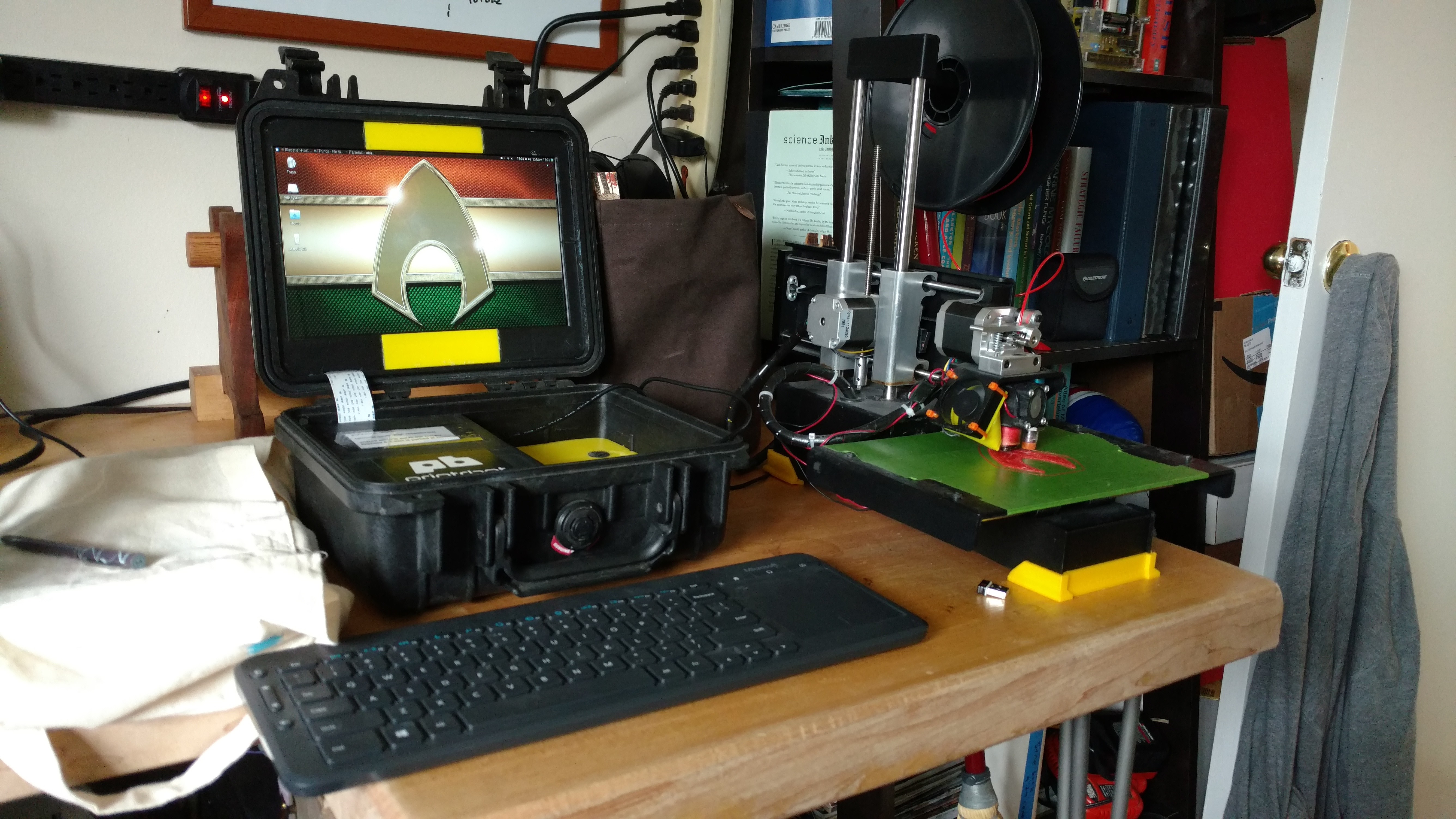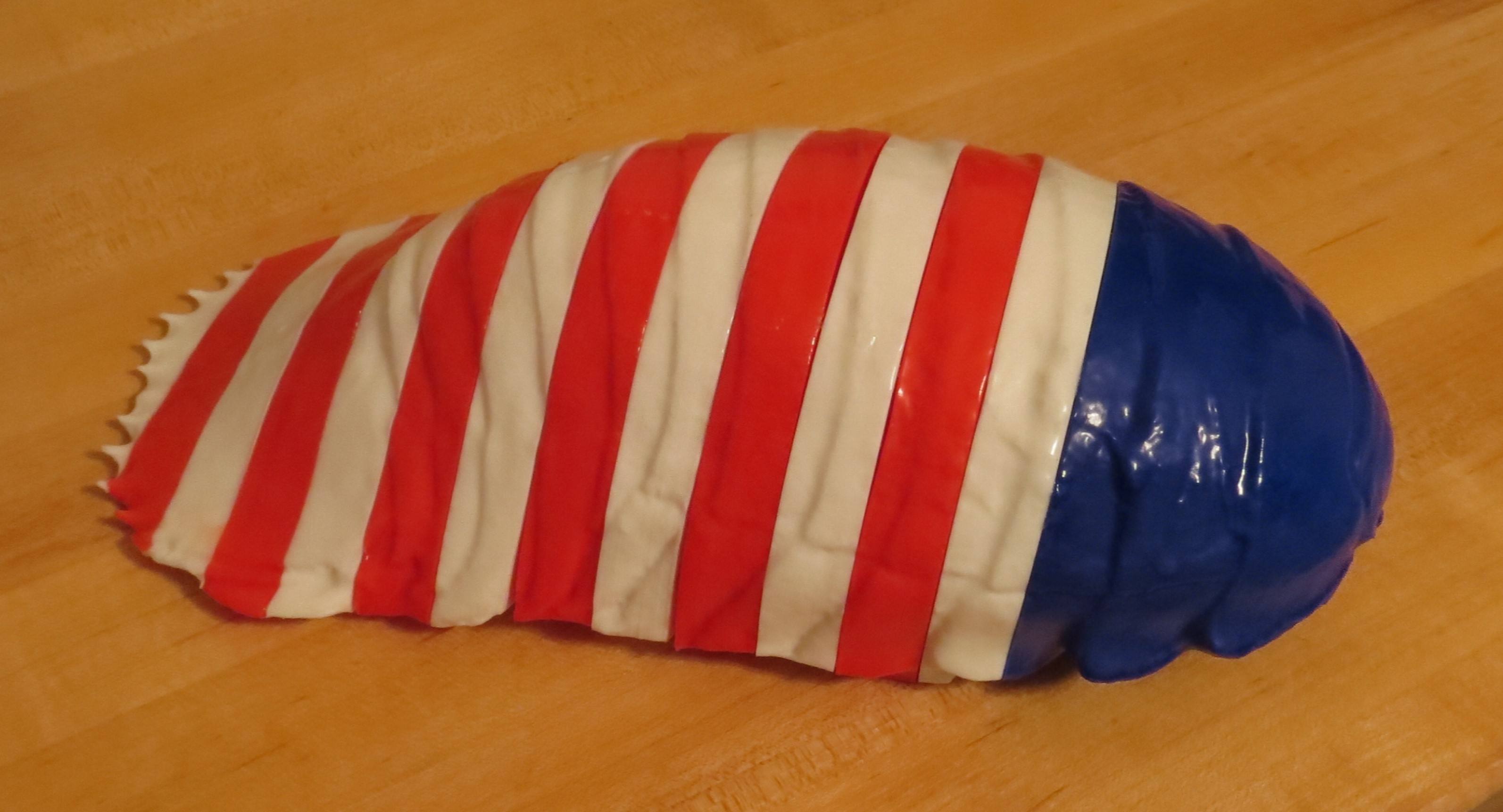
Jacques Week begins this Sunday, July 22, 2018! Join us for a week-long celebration of the ocean documentarian who started it all! Without Jacques there would be no Blue Planet, no Mission Blue, and no Shark Week. All next week we’re watching classic Jacques Cousteau Documentaries, discussing ocean science and conservation, and celebrating all things Ocean!
Most of these films will available online. Some will require purchase. We’ve provided links to the for-purchase options and offer alternates if you can’t find them. It’s become nearly impossible to find copies of the Jacques Cousteau Odyssey collection, so, though this series includes some of my all time favorites, we’re going to phase them out this year and instead lean more heavily on River Explorations for more recent Cousteau work. Links to all available films can be found at the JacquesWeek2017 YouTube playlist.
Jacques Week is a collective viewing experience. We’ll provide links to each piece of media, due a countdown on Twitter, and then everyone hits play at the same(ish) time and we watch these incredible documentaries together.







